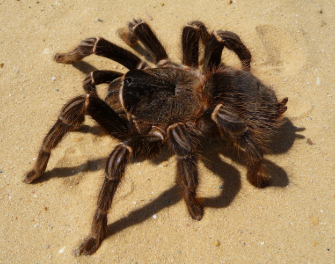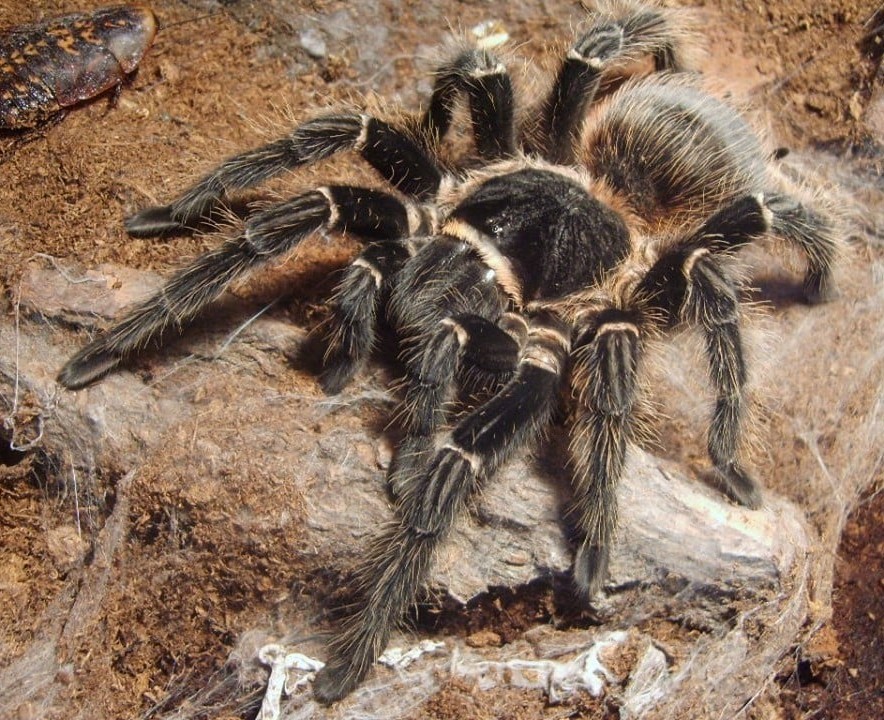The proper diet for a Brazilian Salmon Pink Bird-Eating Tarantula (Lasiodora parahybana) consists primarily of live insects, which provide the necessary nutrients and stimulation. Here’s a detailed guide on their feeding:
Appropriate Foods:
- Crickets: A staple food for tarantulas, providing good nutrition and ease of availability.
- Dubia Roaches: Nutritious and easy to digest, they are a great food option.
- Mealworms: Can be offered occasionally, though they are higher in fat and should not be the primary food source.
- Superworms: Similar to mealworms but larger; these should also be fed sparingly.
- Locusts/Grasshoppers: Another good source of protein, though they may be less commonly available.
- Waxworms: High in fat, so they should be used as an occasional treat.
- Pinkie Mice: For adult tarantulas, a pinkie mouse can be offered as an occasional protein boost, though this should not be a regular part of their diet.
Feeding Schedule:
- Juveniles: Feed small insects every 2-3 days.
- Sub-adults: Feed medium-sized insects every 3-5 days.
- Adults: Offer larger prey once a week. Always make sure the prey size is appropriate—generally no larger than the spider’s abdomen.
Feeding Tips:
- Remove Uneaten Food: If the tarantula doesn’t eat the prey within 24 hours, remove it to prevent stress or injury to the spider.
- Provide Variety: Rotate different types of insects to ensure a balanced diet.
- Hydration: Always provide a shallow water dish with fresh water for hydration.
By following these guidelines, you’ll ensure your Lasiodora parahybana stays healthy and well-nourished!

